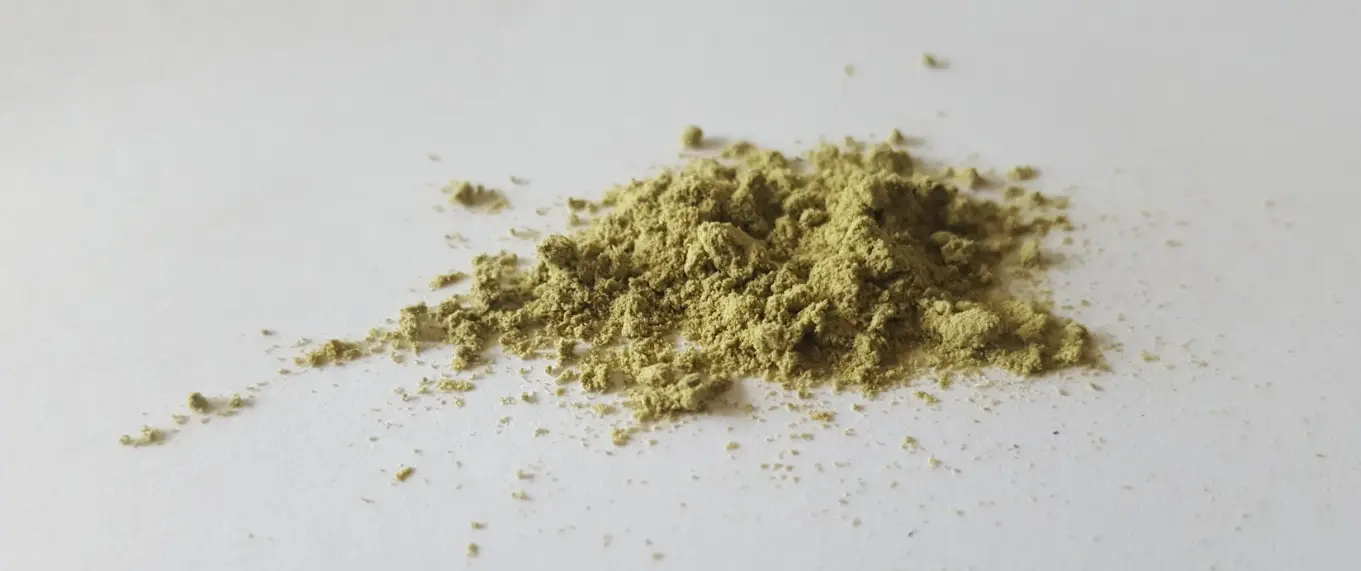Ephedra #
| Binomial / Botanical Name | Ephedra Sinica; |
| Street Names | Ma Huang; Chinese Ephedra |
| Major Active Compound | Ephedrine |
| Indigenous Source | Northern China |
| Form | Powdered leaves |
| RoA | Oral |
| Personal Rating On Shulgin Scale | +* |

SUBJECTIVE EXPERIENCE #
Ephedra sinica has been used in China as a herbal medicine for thousands of years. Independent use by indigenous peoples in various parts of the world has also been documented.
Wikipedia describes its history as follows:
“Ephedra sinica (also known as Chinese ephedra or Ma Huang) is a plant species native to Mongolia, Russia (Buryatiya, Chita, Primorye), and northeastern China. Ephedra is a medicinal preparation from the plant Ephedra sinica. Several additional species belonging to the genus ephedra have traditionally been used for a variety of medicinal purposes, and are a possible candidate for the Soma plant of Indo-Iranian religion. It has been used in traditional Chinese medicine for more than 2,000 years”
With respect to its psychoactivity, the same article states that:
“Of the six ephedrine-type ingredients found in ephedra (at concentrations of 0.02-3.4%), the most common are ephedrine and pseudoephedrine. The stimulant and thermogenic effects of Ephedra sinica and other ephedra species are due to the presence of the alkaloids ephedrine and pseudoephedrine. These compounds stimulate the brain, increase heart rate, constrict blood vessels (increasing blood pressure), and expand bronchial tubes (making breathing easier). Their thermogenic properties cause an increase in metabolism, as evidenced by an increase in body heat”
In terms of its use as a recreational stimulant, ephedra sinica is traditionally consumed as a tea. Regarding dose, there are few guidelines, although the following blog-comment seems to represent a fair reflection of general Internet opinion:
“So, Ephedra tea requires between 0.5 – 2.5 grams of Ephedra tea preparation per person on average to start feeling any effect at all. And the maximum dosage should never exceed 3 – 7.5 grams per person on average” ~ simonsblogpark.com
Comforted by its long term indigenous use, I decided to go for 2.5g. I boiled the kettle and poured the water directly on to the powdered plant, making an average sized cup.
I waited for this to cool and then sipped for the next 20 minutes. The effects slowly emerged over the following 10-15 minutes, reaching a peak after around 2 hours, and maintaining a general plateau for perhaps 3-4 hours.
There was a definite stimulation, which was nothing like caffeine. It bore more resemblance to some of the chemical stimulants described in the previous section of this book, but was milder in nature.
An increase in focus was also apparent, and at times a tiny hint of euphoria, although this was certainly very minor.
There was perhaps a slight jittery feeling at times, possibly with an increased heart rate (although I cannot confirm). It is worth sounding a note of caution with respect to this: there are numerous comments posted around the Internet citing this as an issue, so it is something to bear in mind.
I tried to take my usual afternoon nap after 6 or so hours, but with no joy. This was almost certainly due to consumption of this tea.
Overall, I found this to be an enjoyable, albeit mild, experience. It was almost entirely functional, and it certainly enhanced my alertness on a day upon which I was quite tired.
Whilst confirming its effectiveness as a stimulant, I would equally stress the need for prudence, particularly with reference to dose.